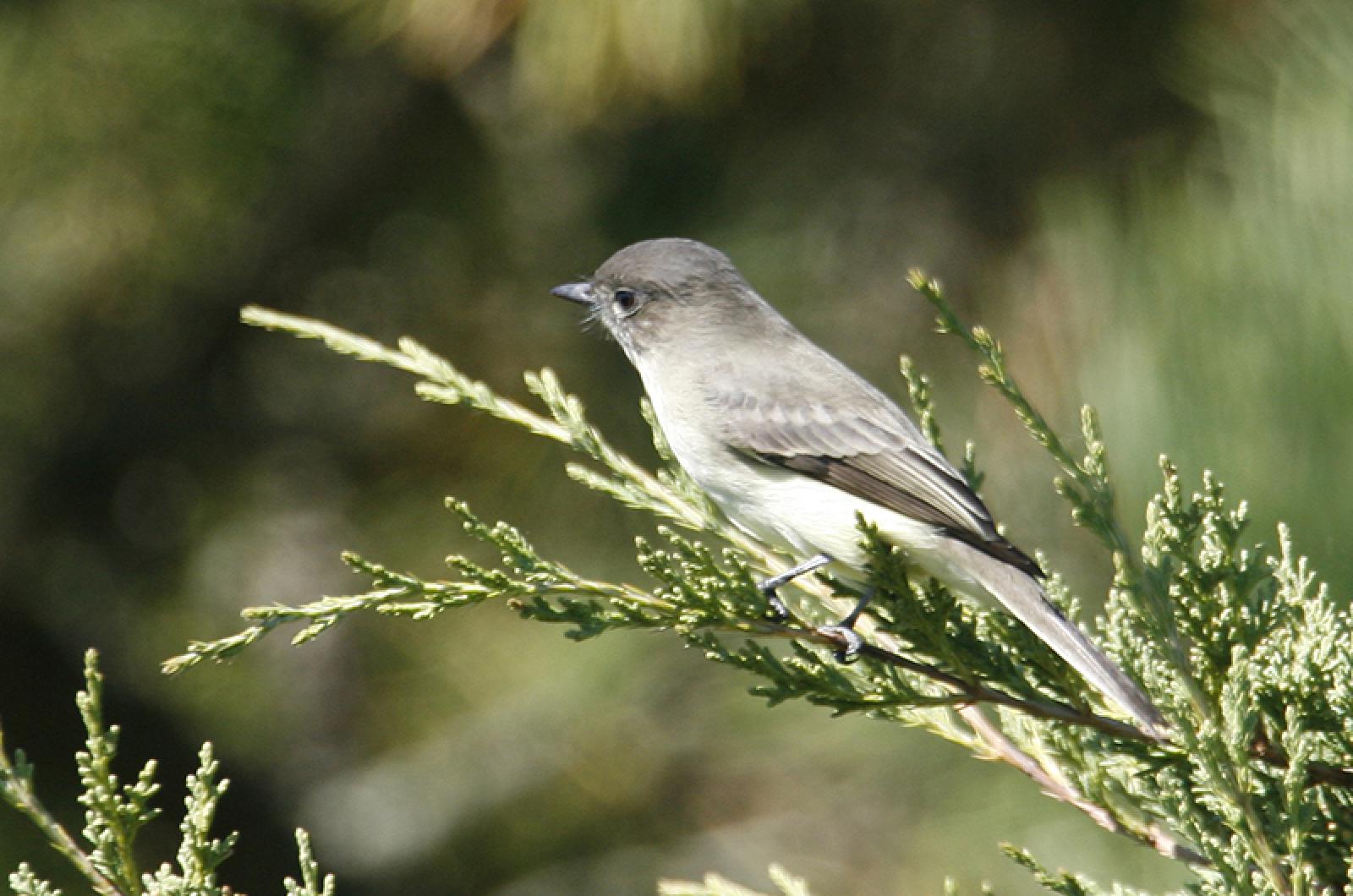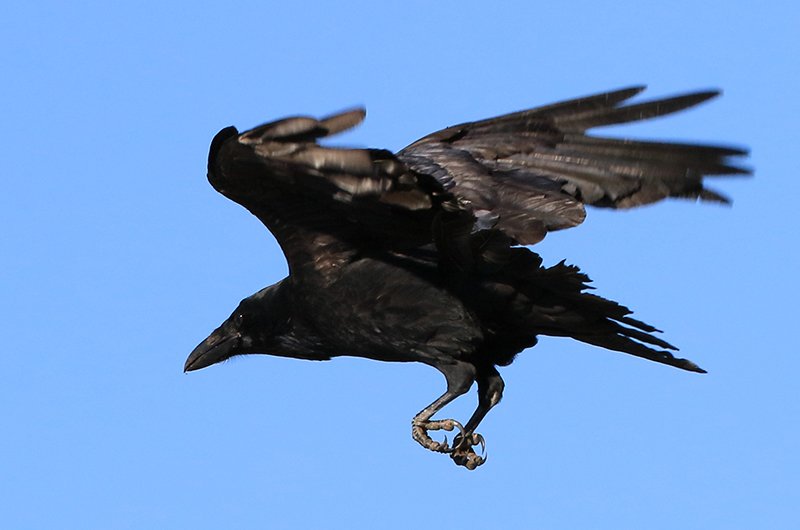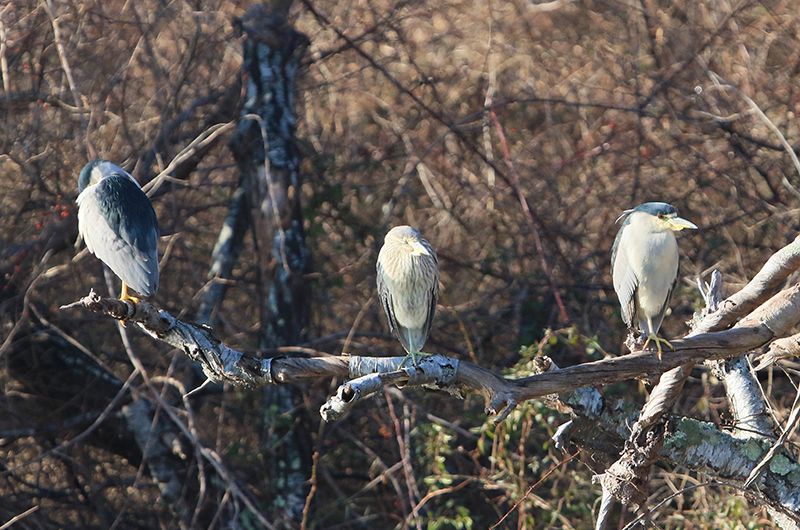The most unexpected bird this week is the Eastern phoebe reported by Mike Ditchfield, which he found in Dark Woods on Feb. 10. In most winters we have one or two of them attempting to make it through the winter, sometimes at feeders where mealworms or jelly is provided.
Lisa Schibley found a flock of 10 red-winged blackbirds at Farm Pond Preserve on Jan. 26. More recently, on Feb. 8, Catherine Deese reports a red-winged blackbird visited her feeder. This is exciting as either sighting could represent the first “spring” sighting of this species! While the first males are expected to arrive at this time of the year, these birds could also be overwintering individuals. But they are more likely to be recent arrivals if they are advertising their presence by flashing their red epaulets on their wings or by singing in their marshy/swampy nesting habitat.
Also of note is the ever-expanding range of our ravens. On Jan. 10, Nancy Weaver, Margaret Curtin and Luanne Johnson spotted a raven at the old Edgartown landfill. This is the furthest south of all sightings of this species, but as very strong flyers, they could show up anywhere on the Island. They are most frequently seen in the Thimble Farm area, but have been observed from State Beach, Gus Ben David’s yard, downtown Oak Bluffs and Vineyard Haven, and Island Cohousing. On Feb. 9, I spotted one at the regional high school as it was being chased by three crows and was flying toward Thimble Farm.
Jeff Bernier spotted some horned grebes in the ocean at Squibnocket Beach on Feb. 7.
On Feb. 6, Gus Ben David, Dick Jennings and Julie Ben David visited Chappaquiddick beaches to put up the 152nd osprey pole. Wow, that is a lot of osprey poles put up in the last 50 years. En route they spotted an immature bald eagle and three black-bellied plovers on East Beach. Surprisingly, they did not find any northern harriers.
Kenneth LaVigne reports two immature bald eagles flying overhead in Ocean Heights near Felix Neck on Feb. 5. These are large birds that are mottled black (dark brown) and white on their wings. Their size and overall brown chest and belly distinguish them from the much smaller red-tailed hawks. Look for the eagles as they could show up anywhere!
On Jan. 22, Stan and Marie Mercer had three northern bobwhites visit their feeder. The quail’s comeback in recent years continues, assisted by some people that are raising them in captivity then releasing them into the wild. Not all the quail we see are captive bred birds however, as some wild broods have been reported in recent years.
An early morning routine for me is to fill up our bird feeder and see what shows up as I eat breakfast. On Feb. 11 I spotted our first white-throated sparrow of the winter. Surprisingly, we still have not had any dark-eyed juncos visiting our feeder, but Robin Bray, Penny Uhlendorf, Russell Carson, and Luanne Johnson all assure me that both species are regular visitors at their feeders.
Great Back Yard Bird Count
This annual event starts Feb. 14 and continues through Feb. 18. Anybody can participate by recording the birds you see. You can bird from your home, or from anywhere you want to go. You can bird for 15 minutes or you can bird all day, every day. Your results are tabulated to create a short-term snapshot of how abundant the birds are both locally and worldwide. Last year 32 checklists were submitted and we found 52 species. We can do better as there are way more than 52 species here, so let’s find them and report them! For more information go to http://gbbc.birdcount.org/.
It is getting light ever earlier and so this month our thoughts and ears turn to increased bird song. Please report all your sightings to birds@mvgazette.com.
Robert Culbert schedules private Guided Birding Tours and is an ecological consultant with Nature Watch LLC living in Vineyard Haven.







Comments
Comment policy »